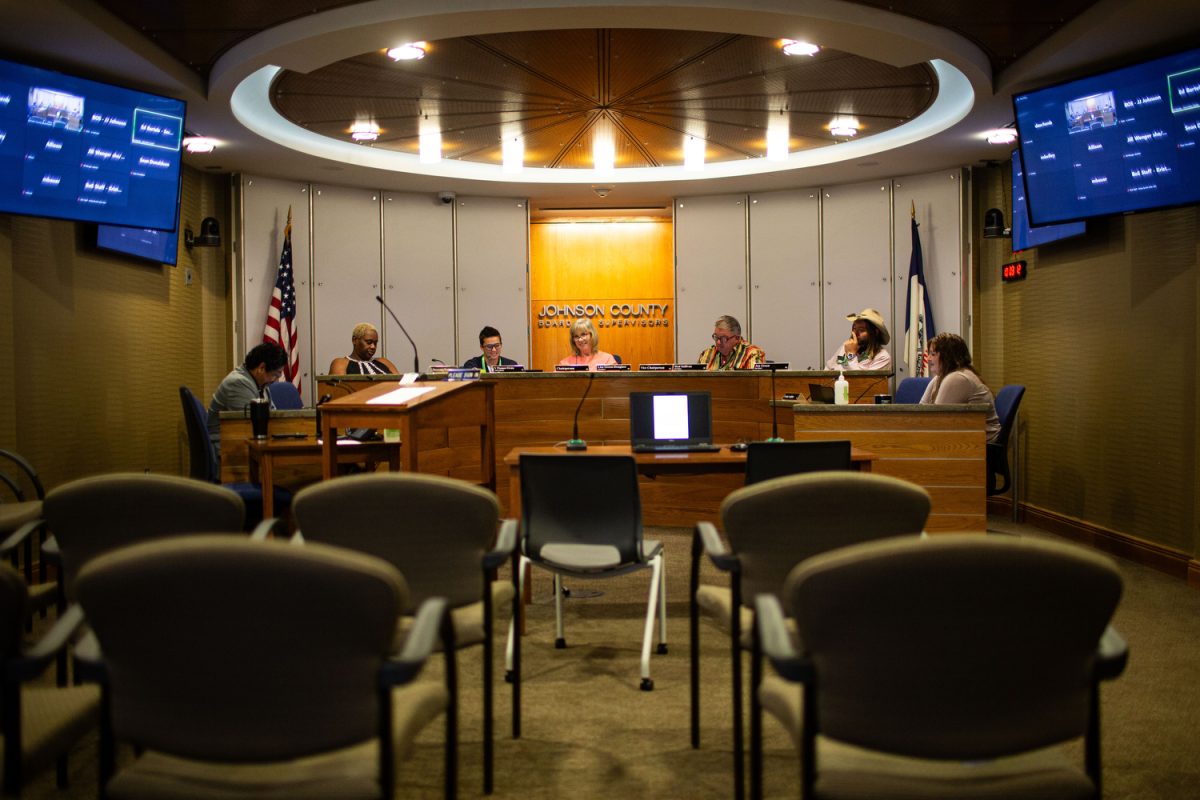Options for low-income housing, an issue that has been discussed extensively by city officials, could see new avenues for funding.
With the proposed local-option sales tax, 10 percent of revenue generated could go into helping affordable-housing options.
Next week, the council will discuss impediments to fair housing in the Iowa City area.
Confusion still resonates in the community about differences between low-income options and stigmas associated with it.
“Iowa City has a huge shortage of affordable prices for those entering the workforce,” said Jerry Anthony, a University of Iowa associate professor of urban and regional planning who also holds a position at the UI Public Policy Center.
Section 8 Housing is a federally funded program in which individuals or families who meet specific criteria may apply for what is called a housing voucher. With voucher in hand, the family is then responsible to search for housing in the private sector.
However, the landlord then chooses if he or she wishes to accept or deny the housing voucher.
“Typically in Iowa City, if you’re a landlord, you want to rent to students,” said Johnson County Supervisor Rod Sullivan. “You probably don’t accept housing vouchers then.”
Therefore, people with housing vouchers must search for more willing landlords farther away from the university, he said.
In Iowa City, there are currently 1,214 housing vouchers, and 98 percent are in use, said Housing Authority Administrator Steven Rackis.
The waiting list is described as one to two years, but it is difficult to estimate the real length because many who are using vouchers are elderly or disabled, Rackis said.
According to the annual Housing Authority report, the voucher choice program paid $5.8 million in assistance to landlords and owners of rental properties. These 793 vouchers in use in Iowa City limits represent 4.6 percent of the total number of rental units.
Sullivan said that people confuse affordable housing, subsidized housing, city-owned housing, and Section 8 housing vouchers. They are all different forms of low-income opportunities.
Crime is still attached to tenants of low-income housing, and Section 8 seems to be the most widely recognized form of government assistance.
“Almost 0 percent of low-income crime is related to those getting Section 8 housing,” Anthony said.
Crime in almost always associated with out-of-town, or absentee, landlords who allow lenient monitoring of facility maintenance, and, in turn, that allows for more probable criminal activity, Anthony said.
He said that those applying for federal housing vouchers must go through heavy criminal-background checks.
“There is a general misperception that folks who receive Section 8 rental assistance aren’t working,” said Maryann Dennis, the executive director of the Johnson County Housing Fellowship.
The Housing Fellowship manages funding from several sources to lower rental and utility costs in the private sector for those who are financially burdened but do not work.
The group does not work with Section 8 housing because it is a federal program.
At the end of 2013, about 75 percent of those utilizing Housing Fellowship funding were working full-time, Dennis said. The other percentages were those dealing with age and disability, and small percentage with small children who require welfare assistance.
Rackis’ report stated that only 20 of the 1,305 assisted households depended solely on welfare funding.
Dennis said there is a huge need for helping cost-burdened individuals because rents are high and wages are low.
The U.S. Department of Housing and Urban Development states that public-housing agencies, administered locally, must provide 75 percent of Section 8 housing vouchers to applicants whose incomes are lower than 30 percent of the local median income.
Dennis said that in the Iowa City area if one works full-time at a $10 per hour and provides 30 percent of income for housing, then the rent and utilities should be no more than $500 per month.
“I think people need to be educated and understand what’s real and what’s anecdotal,” Sullivan said.






